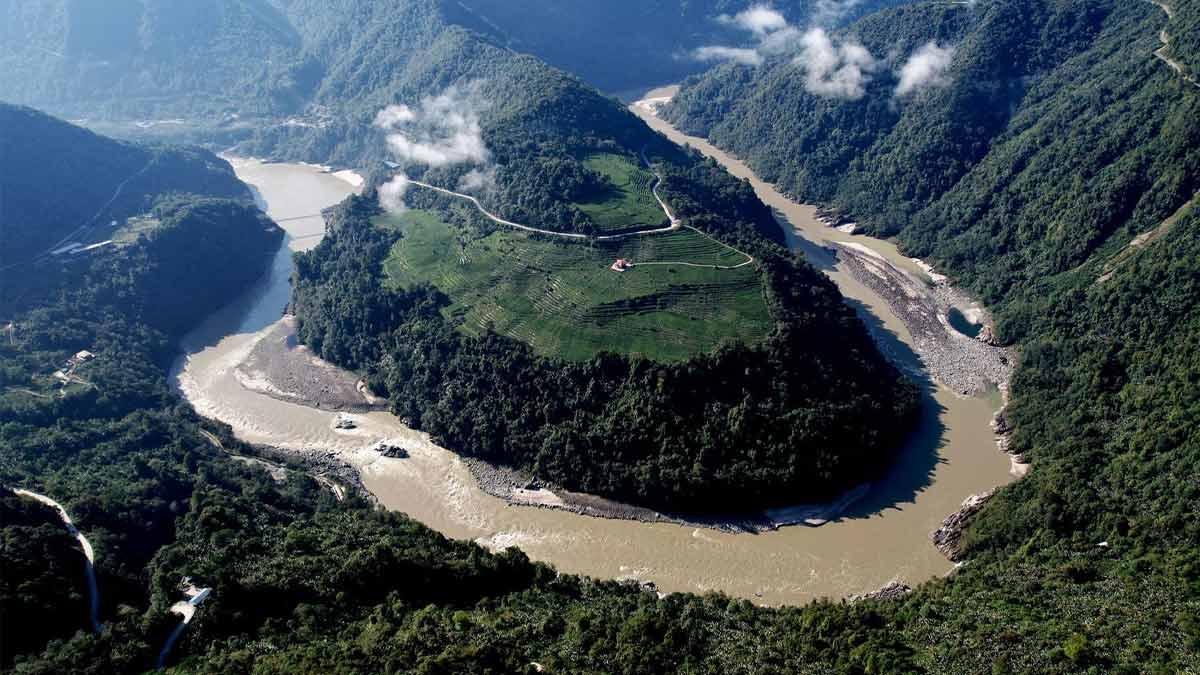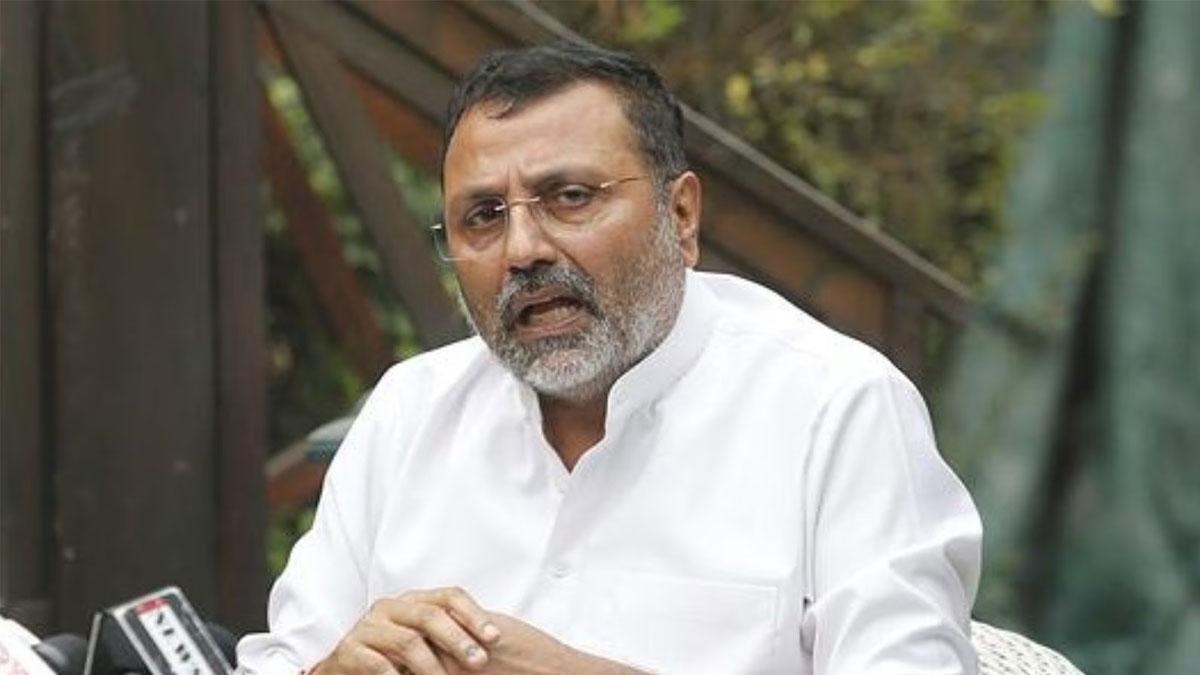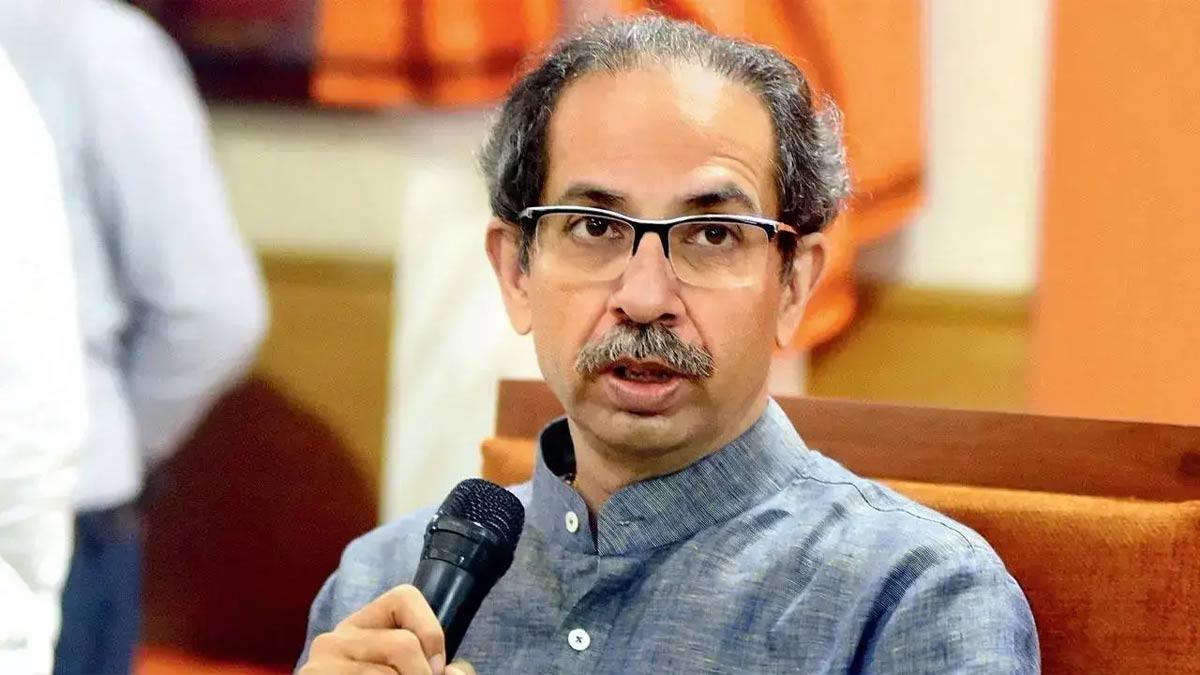BJP Member of Parliament Tapir Gao has expressed serious doubts about China's ambitious plan to construct the "Great Bend Dam" on the Yarlung Tsangpo River, citing that it can have disastrous repercussions for Arunachal Pradesh, Assam, and the rest of Northeast India.
Addressing a daylong seminar on "Ensuring Water Security, Ecological Integrity, and Disaster Resilience in the Sub-Himalayan Region: The Case of the Brahmaputra", Gao, who is a strong critic of China's strategic actions in the region, called the proposed structure over and above a dam. He called it a possible "water bomb" that would be ready to endanger India and downstream countries.
Gao remembered the devastating floods of June 2000, which he linked to an abrupt and unpublicized release of water from China, which led to widespread devastation in Arunachal Pradesh. "That 'water bomb' washed away more than 10 bridges over the Siang river," he said, referring to the name of the river before it turns into the Brahmaputra in Assam.
The Arunachal MP further demanded that a counter-dam be built across the Siang on Indian territory. This project, according to him, would alleviate the risk of unforeseen surges in water from the Chinese side.
Ranbir Singh, Chairperson of the Brahmaputra Board, drew attention to the exceptional nature of the Brahmaputra Basin by observing that it continues to be India's only basin with surplus water, which contrasts sharply with the rest of India's water-scarce zones. "With this Chinese dam, are we staring into the face of a water-deficient Brahmaputra river basin?" Singh wondered, stressing that it is vitally important that India reframe its water approach.
He emphasized the need for taking a multi-pronged approach, with diplomatic pressure, international engagement, and alliance building to counter China's strategy.
Hosted by the northeastern think tank Asian Confluence, the seminar brought together experts in various fields to assess the potential ecological and geopolitical implications of China's mega-hydropower plans—claimed to be targeted at producing 60,000 MW—on the northeastern states and neighboring Bangladesh.
Well-known writer and Tibetologist Claude Arpi added that China's dam in Medog county is not merely a power project. "China not only wishes to be a power giant. but also plans to redirect the water of Yarlung Tsangpo to the Yellow River via several tunnels," he said.
Bertil Linter, a historian of Asian politics and history, dated China's water ambitions to the 1950s, claiming that the nation's expansion into Tibet was motivated by access to the rivers of the region. "China has built 11 mega dams alone on the Mekong River, which is the lifeblood of five other nations," Linter disclosed, cautioning that the lack of a written water-sharing agreement with India may ignite "bilateral conflicts.
From the academic community, IIT Guwahati professor Anamika Baruah presented projections that the downstream regions of the Tibetan Plateau may experience rising dry spells, while the upper reaches may see more intense rain. She pointed out, however, the total absence of joint research with China on the matter.
"Let us frame the narrative, before it is framed for us," Prof. Baruah appealed, demanding urgent attention at national and international levels, including India's Parliament.
The seminar also included findings from regional experts from Nepal and Bhutan and experts in ecology, environmental law, policy, international relations, engineering, and governance.
Its overall goal was to encourage concerted action by government agencies, academia, environmentalists, and civil society to address the huge threats posed by China's Tibet dam project. Particularly in view of the increasing climate crisis and its implications for the region.
Conclusion of the debate, Asian Confluence director Sabyasachi Dutta reiterated the imperative for India to take the lead in organizing scientific research on the issue. "Only such an initiative will help develop solid ground for international support against China's proposed dam at the Big Bend," he concluded.
Read also| Three More Hurriyat Factions Embrace Indian Constitution
Read also| During Amit Shah’s Kashmir Tour, Another Hurriyat Leader Steps Down


















